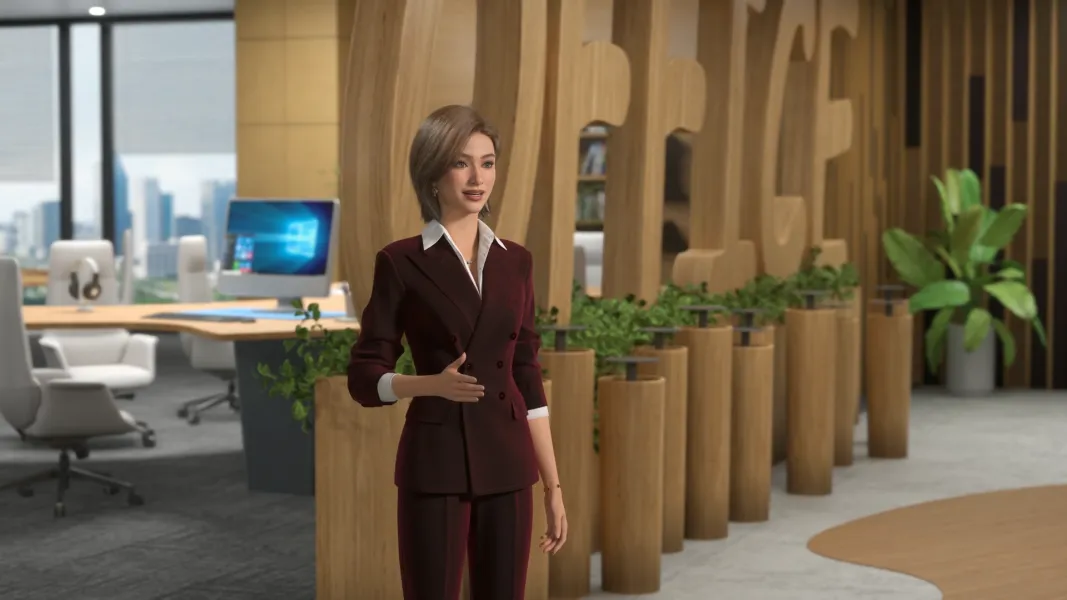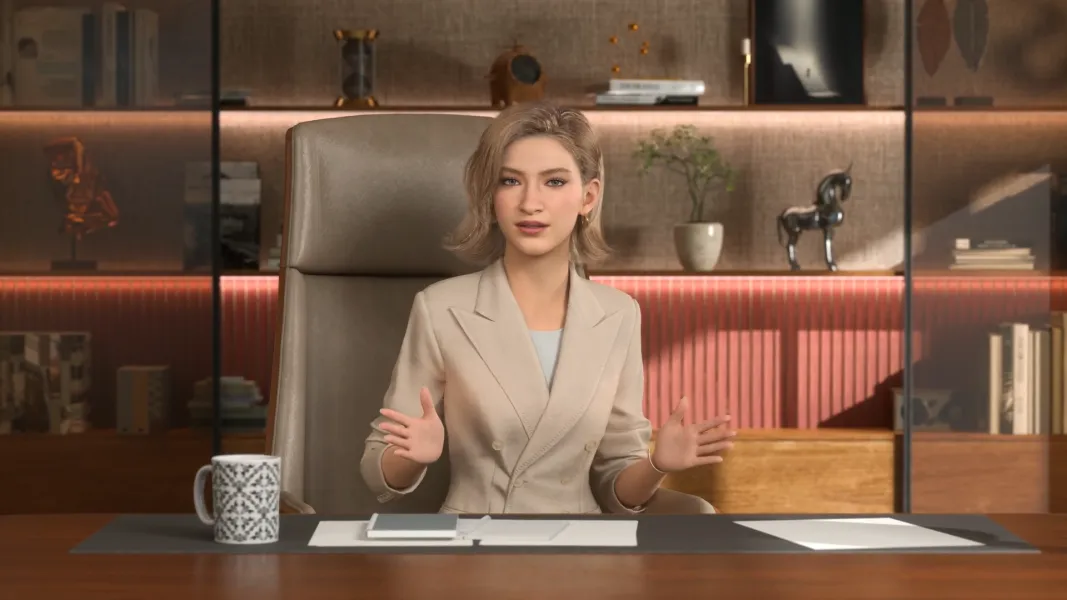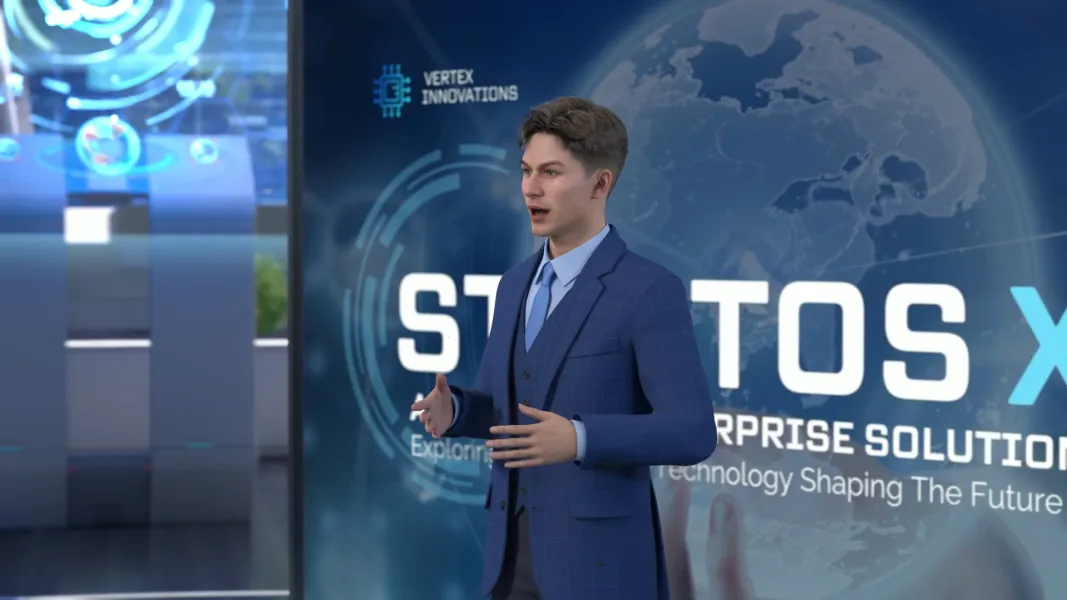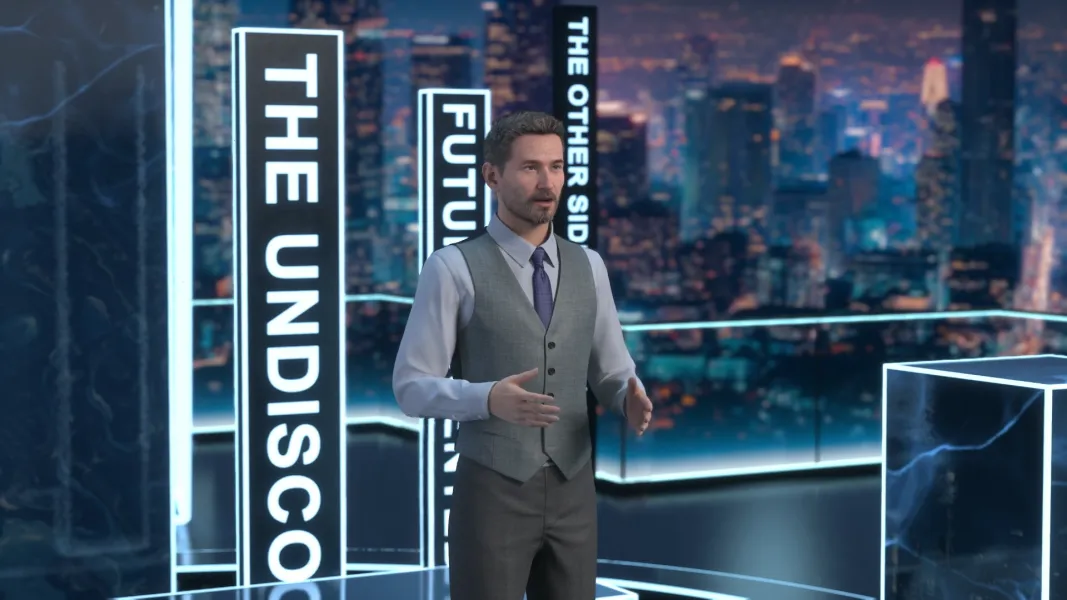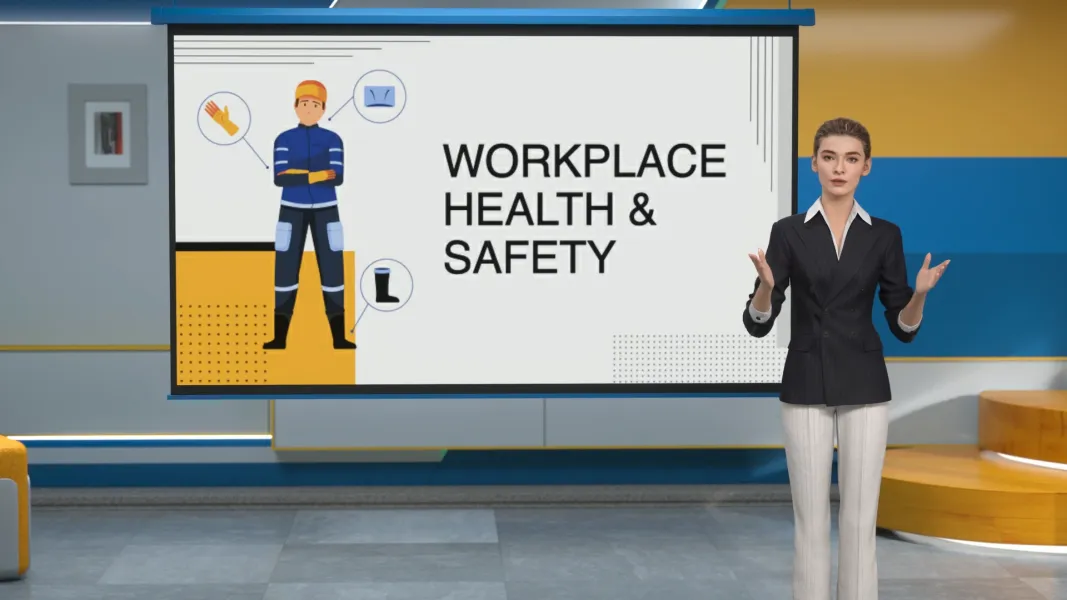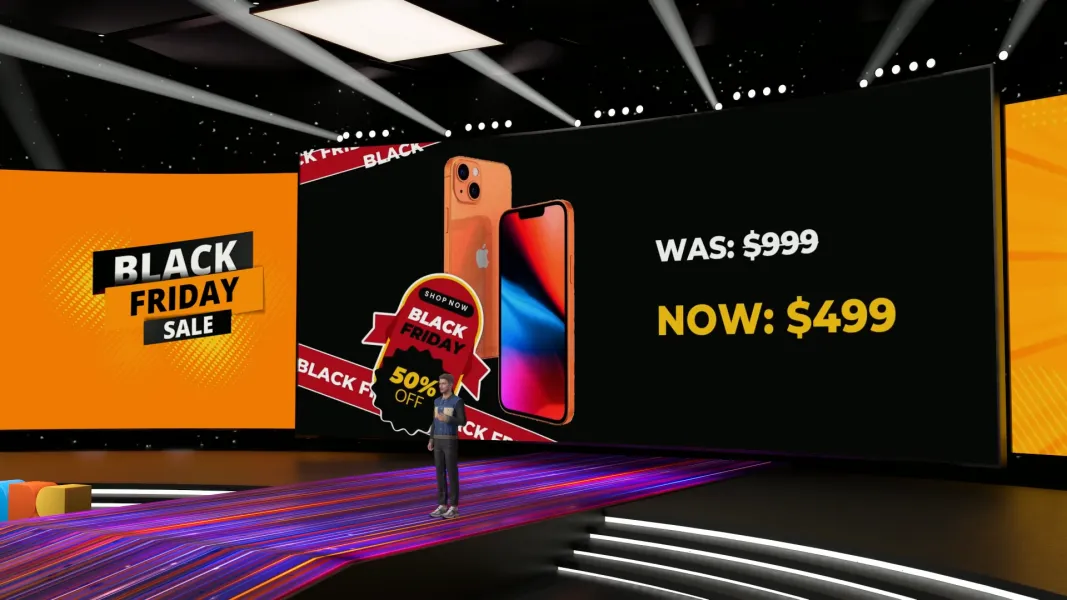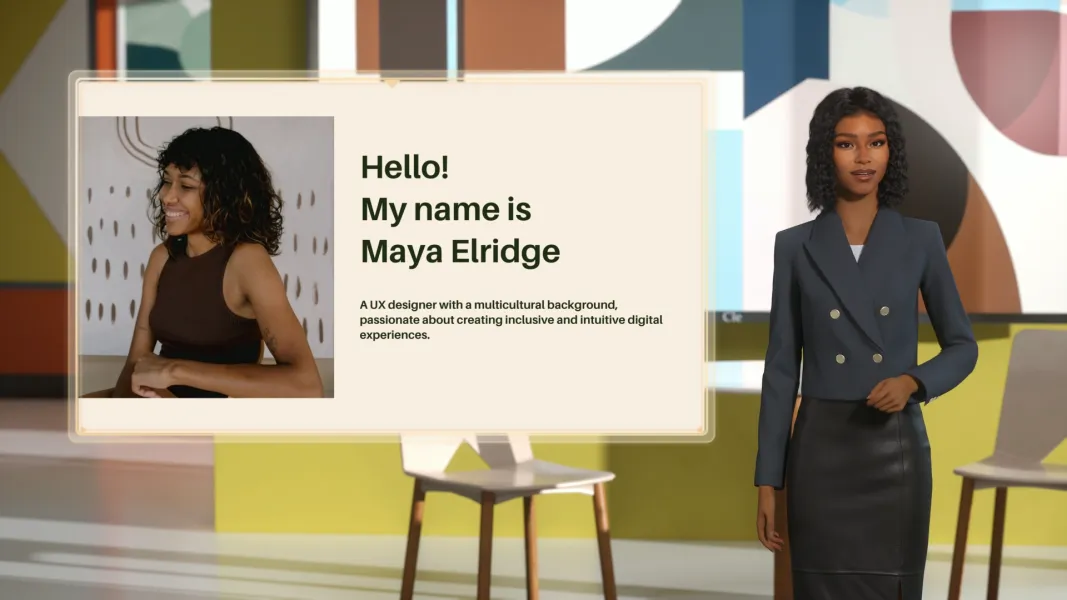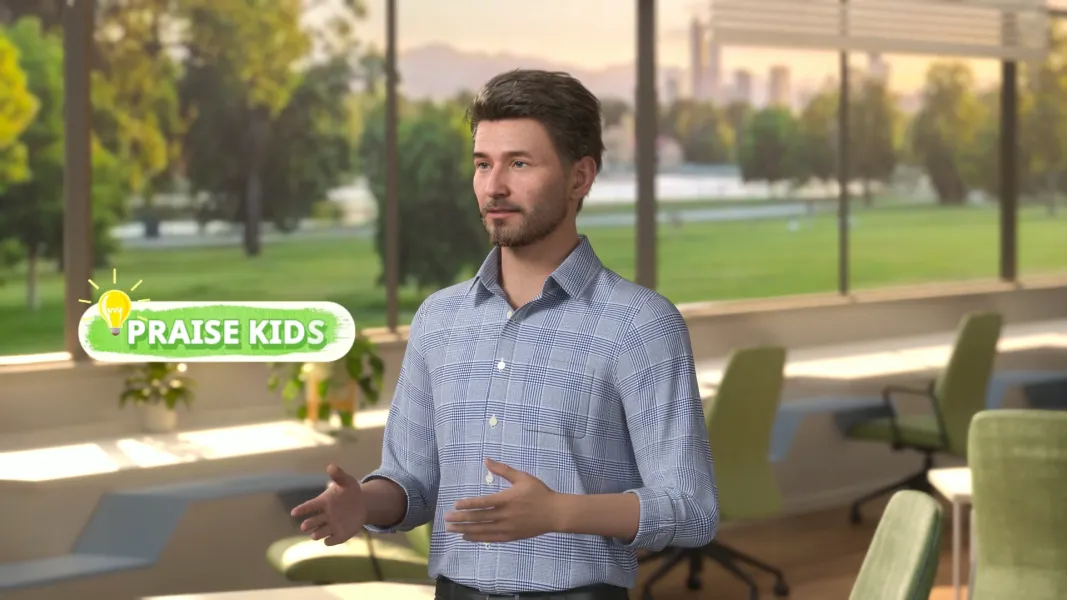Gamified Learning Insights
Explore how gamification enhances learning, boosts engagement, and drives better results in education and training.
Video Script
Hi everyone. Today, I want to talk about something that’s getting a lot of attention from teachers, parents, and schools—gamified learning. Can playing games in the classroom really lead to better learning outcomes? Is it the future of education or just entertainment in disguise?
We’ll explore this through three key sections.
First, let’s clarify the difference between gamification and game-based learning.
Gamification means applying game mechanics to non-game contexts. Game-based learning, on the other hand, involves using full games as learning tools.
For example, Duolingo rewards you with points for daily practice, while Minecraft Education teaches coding and science through in-game experiences.
The essence of gamified learning is to make students learn like they’re playing. Key mechanics include points, badges, levels, leaderboards, and quests. These elements are powerful motivators. They give students a sense of progress and reward that fuels continued effort.
In practice, many educational platforms are using gamification effectively. Kahoot turns quizzes into fast-paced classroom games. ClassDojo rewards positive student behavior. Prodigy is a math-based RPG where kids solve problems to level up. So, gamified learning isn’t just “playing to learn”—it’s a carefully designed learning experience built around motivation.
But does it actually work? Let’s look at both the benefits and the risks.
Studies show that gamification improves attention, memory, and promotes self-directed learning. It also creates a safe space for students to fail and try again, which builds resilience and confidence.
That said, there are real risks. Students might focus on collecting points rather than learning deeply. Poorly designed reward systems can undermine intrinsic motivation. And let’s face it—not every subject is easy to gamify.
MIT and Stanford studies confirm that gamification, when done right, boosts engagement. Countries like Finland and Singapore are integrating it into classrooms. EdTech companies are rapidly innovating in this space. Gamified learning isn’t a magic bullet, but it can make a big difference—if applied thoughtfully.
Let’s now look toward the future. How is gamified learning evolving—and what role will educators and parents play?
In the future, teachers won’t just be content deliverers. They’ll need to become experience designers—like game developers—crafting missions, progressions, and rewards that engage students.
Gamification isn’t a silver bullet. It should enhance—not replace—good teaching. Educators and parents must work together to set clear goals and boundaries. The goal is to help students learn through play, not get lost in it.
Gamified learning isn’t about making learning fun—it’s about making learning better. Thanks for listening, and I’m happy to answer any questions.
More
 Rendora Studio
Rendora Studio